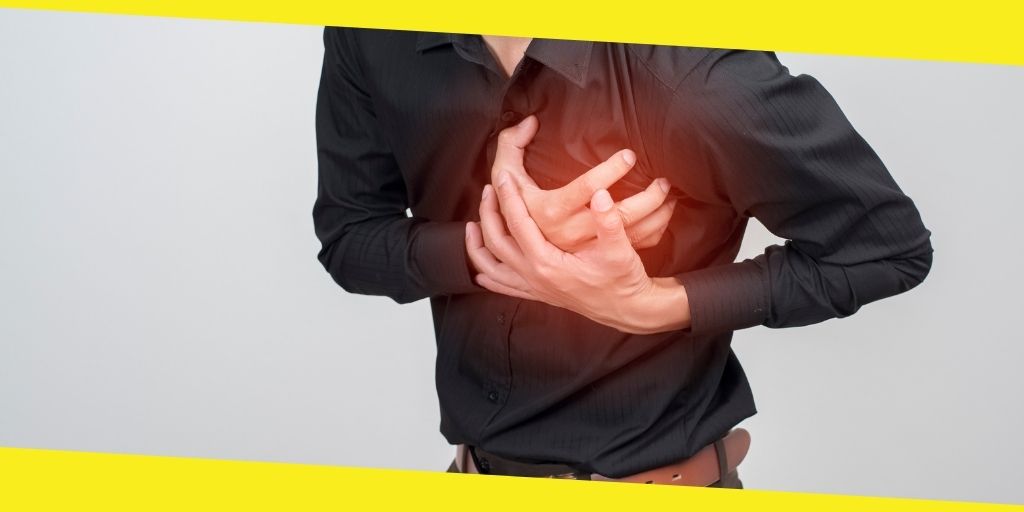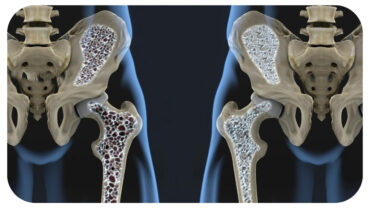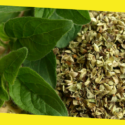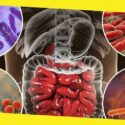What to Do In an Emergency Heart Attack
This post was last updated on March 25th, 2021

Nearly one million people in America have a Heart attack every year. Most of these people do not act fast enough to reach for help. When a person experiences a heart attack, a simple hesitation in treatment can lead to death.
Knowing the signs of a heart attack and what to do in case of an attack could help save a life. Throughout this post, we will help you understand what a heart attack is, its warning signs, and the things you should do in case of an emergency heart attack.
Let’s get started.
What is a Heart Attack?
A heart attack is an emergency medical situation that occurs when blood flow to the heart is blocked abruptly, and there is no oxygen supply to the heart. Without blood, heart muscles stop pumping, tissues lose oxygen, and they start to die.
A heart attack often happens as a result of coronary artery disease, also called coronary heart disease (CHD).
Particular risk factors create a likelihood of developing a CHD and lead to a heart attack.
Notable risk factors that can lead to a heart attack and are controllable include obesity and overweight, smoking, high cholesterol, lack of physical exercise, diabetes, and unhealthy diets.
Always reach out to your health care provider to assess if you might be at risk of experiencing a heart attack.
Causes of a heart attack.
There are various cardiac conditions that can cause a heart attack. However, one of the major and common causes is atherosclerosis-a build of plaques in the arteries that block the blood from reaching the heart muscles, thus prompting a heart attack.
Symptoms of a heart attack.
Symptoms may vary from one person to another, and not all attacks start with sudden chest pains.
As a matter of fact, some of the attacks show no symptoms at all, mainly the ones happening to persons with diabetes.
Some of the common warning signs of a heart attack in both men and women include:
-
Chest pain and discomfort.
Primarily, heart attacks create a painful discomfort in the left side or the center of the chest. The discomfort commonly lasts a few minutes or fades away and comes back.
This discomfort feels like squeezing, pressure, fullness, or pain. You can also get feelings like heartburn or indigestion.
-
Shortness of breath.
This symptom may happen alone as the only symptom. You may also experience it before or together with chest pain or discomfort.
Regardless of what you are doing, this symptom may happen to you. It can occur whether you are resting or doing little manual chores or physical exercise.
-
Upper body discomfort.
You may begin experiencing discomfort or tingling pain in the back shoulder, one or both arms, jaw, neck, or upper area of the stomach just above the belly button.
Despite the above-discussed symptoms, pay close attention to the following possible signs of a heart attack.
- Nausea and vomiting.
- Breaking out in cold sweats.
- Unusual tiredness for no reason for days, mostly in women.
- Sudden dizziness or lightheadedness.
What to do in an emergency heart attack situation.
A heart attack is a life-threatening emergency condition that requires quick and immediate action, and not even a minor symptom should not be ignored.
Immediate action towards treatment reduces the density of heart damage and can help save lives. Do the following if someone you are with experienced an emergency heart attack.
1. Call 911.
While your first instincts may compel you to drive the victim to the hospital, it is important to call 911 or local emergency numbers straight away for an ambulance.
Tell the person who answers your location and that somebody has a heart attack. Do not end the call until you are asked to do so.
2. Put time on your side.
Immediate and quick action can help save a life of a heart attack victim. If clot-busting and artery-opening medications are administered in time, it can help stop the attack from happening.
Additionally, getting catheterization with a stent put in may help in opening closed blood arteries.
What to do before the EMS arrives.
- Keep the heart attack victim calm by having them sit or lie down in a relaxed position. Remove any tight-fitting clothes and ensure adequate ventilation if you are in a room.
Do the above steps cautiously, checking for any open wounds to avoid contact and possible STD infections.
- If the victim has no allergy history to aspirin, let them chew and consume baby aspirin. Aspirin acts faster when chewed than when swallowed wholesomely.
- If breathing stops, start performing a cardiopulmonary resuscitation straightaway. If you are not conversant with CPR, the 911 operator will take you through the procedure until the paramedics arrive.
Again, check for open wounds on the victim to avoid contact and the chances of getting infected with STD. Do mouth-to-mouth resuscitation cautiously as the victim might also be having oral herpes.
Conclusion.
Nobody plans to have a heart attack, so it is always important to be prepared. Ensure you have the warning signs of a heart attack on your fingertips, and remember that you should contact 911 within the first minutes when the symptoms begin.
Also, know the factors that put you at risk and the measures of reducing them. Talk to friends and family about the importance of calling 911 immediately.
Design a survival plan that includes the medicines you are taking, your doctor’s number and the local emergency number, and people to contact if you are admitted. Keep these details in your wallet.
You may like this
Recommended For You
The Benefits and Risks of Testosterone Therapy for Men
Most Inside
Most Inside offers high-quality recommendations and valuable updates to enhance all aspects of your life, providing premium guidance and enriching experiences.




